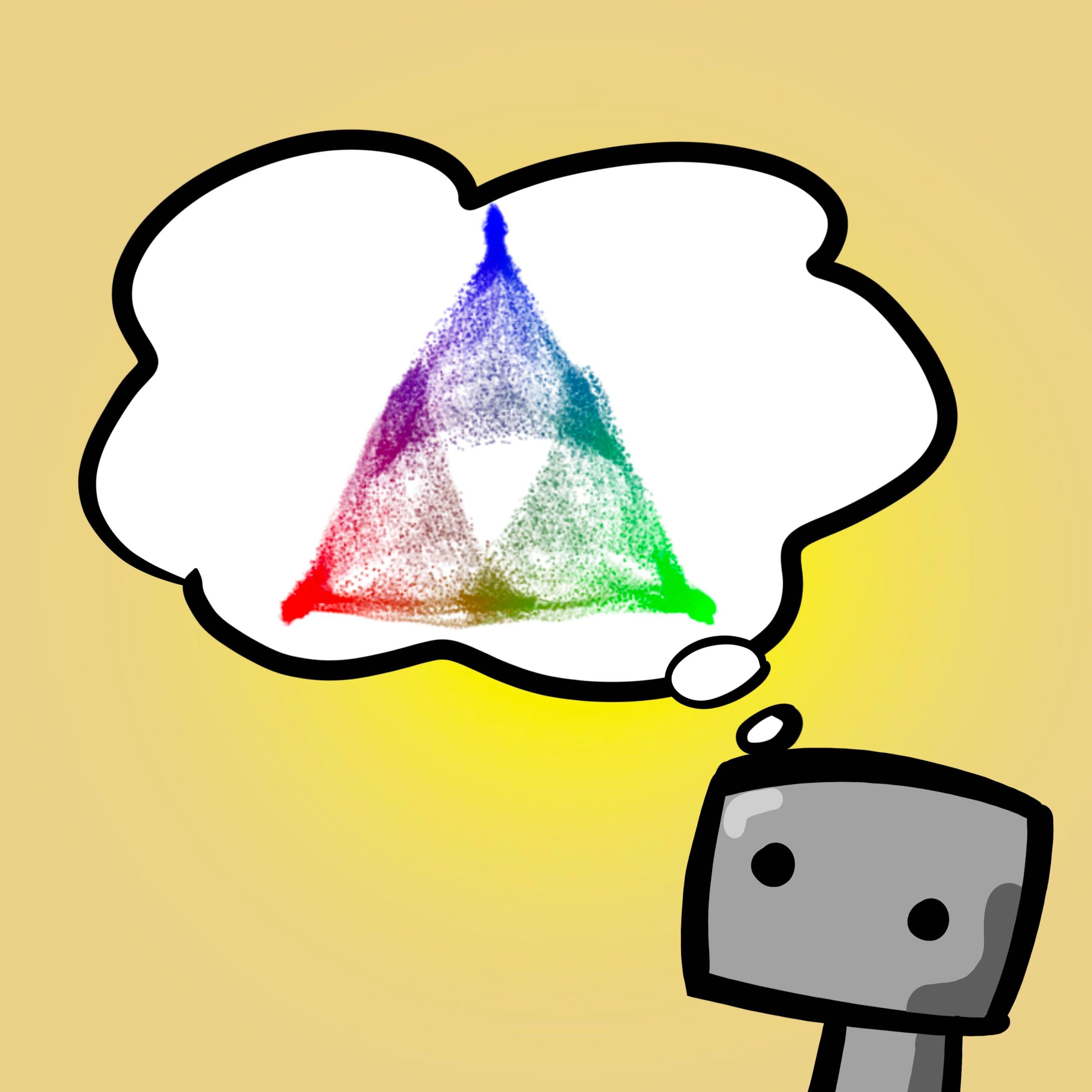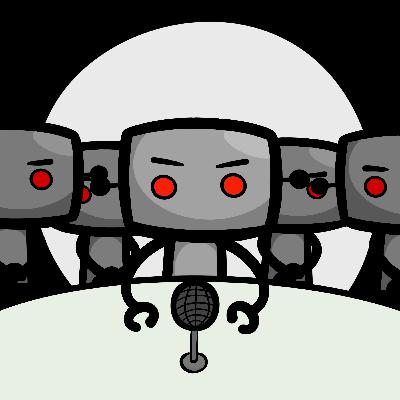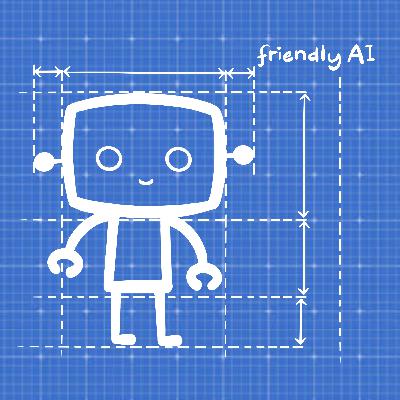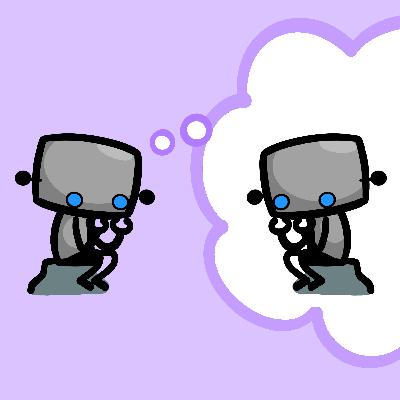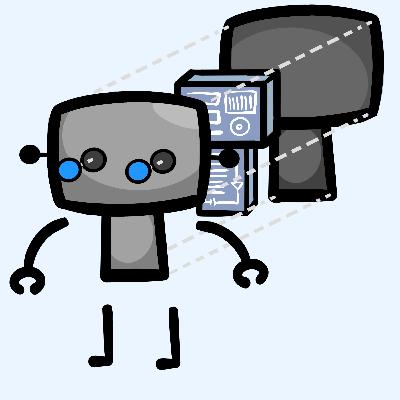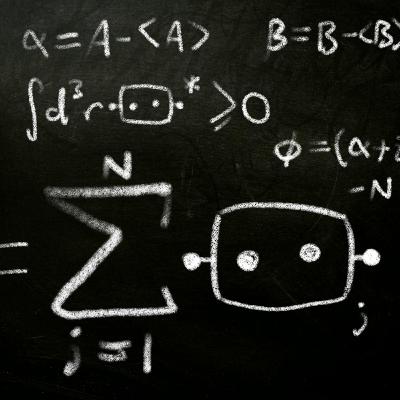36 - Adam Shai and Paul Riechers on Computational Mechanics
Description
Sometimes, people talk about transformers as having "world models" as a result of being trained to predict text data on the internet. But what does this even mean? In this episode, I talk with Adam Shai and Paul Riechers about their work applying computational mechanics, a sub-field of physics studying how to predict random processes, to neural networks.
Patreon: https://www.patreon.com/axrpodcast
Ko-fi: https://ko-fi.com/axrpodcast
The transcript: https://axrp.net/episode/2024/09/29/episode-36-adam-shai-paul-riechers-computational-mechanics.html
Topics we discuss, and timestamps:
0:00:42 - What computational mechanics is
0:29:49 - Computational mechanics vs other approaches
0:36:16 - What world models are
0:48:41 - Fractals
0:57:43 - How the fractals are formed
1:09:55 - Scaling computational mechanics for transformers
1:21:52 - How Adam and Paul found computational mechanics
1:36:16 - Computational mechanics for AI safety
1:46:05 - Following Adam and Paul's research
Simplex AI Safety: https://www.simplexaisafety.com/
Research we discuss:
Transformers represent belief state geometry in their residual stream: https://arxiv.org/abs/2405.15943
Transformers represent belief state geometry in their residual stream [LessWrong post]: https://www.lesswrong.com/posts/gTZ2SxesbHckJ3CkF/transformers-represent-belief-state-geometry-in-their
Why Would Belief-States Have A Fractal Structure, And Why Would That Matter For Interpretability? An Explainer: https://www.lesswrong.com/posts/mBw7nc4ipdyeeEpWs/why-would-belief-states-have-a-fractal-structure-and-why
Episode art by Hamish Doodles: hamishdoodles.com

